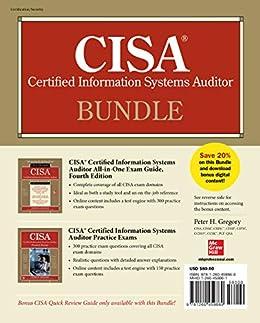For each of the following scenarios, evaluate whether the situation involves possible violations of the AICPA's Code of Professional Conduct. For each situation state: 1) The relevant rule or interpretation that applies to this scenario (Rule number and title); 2) Whether there is a violation of the Code (yes or no); and 3) Your rationale in deciding whether there is a violation. A. Baker, CPA, provides tax services, management advisory services and bookkeeping services and conducts audits for the same non- profit client. Because the firm is small, the same person oftern provides all the services. B. Rankin and Company, CPAs, has a sophisticated network-based computer server that supports the firm's technological systems and databases. Because of excess capacity available on the server the CPA firm agreed to maintain on its server accounting records for one of their non-public audit clients. C. The external auditor supervised their audit client's personnel in the daily operation of a newly installed information system. The company is a private company. D. ACPA was preparing the personal tax returns for a client. When the CPA observed that the deductions for contributions and interest were unusually large, the client was asked for backup information to support the deductions. The CPA was told, "Ask me no questions, and I will tell you no lies". The CPA completed the return on the basis of the information acquired from the client. E. ACPA firm has incorporated and started providing public accounting services. The only shareholders in the corporation are existing employees of the organization, including partners, staff who are CPAs, staff who are not CPAs and administrative personnel. Six small CPA firms have become involved in an information project by taking part in an interfirm working paper review program. As part of the program, each firm designates a partner to review the audit files, including tax returns and financial statements, of another CPA firm taking part in the program. At the end of each review, the auditors who prepared the working papers and the reviewers have a conference to discuss strengths and weaknesses found in the audit. They do not obtain authorization from the audit client before F







